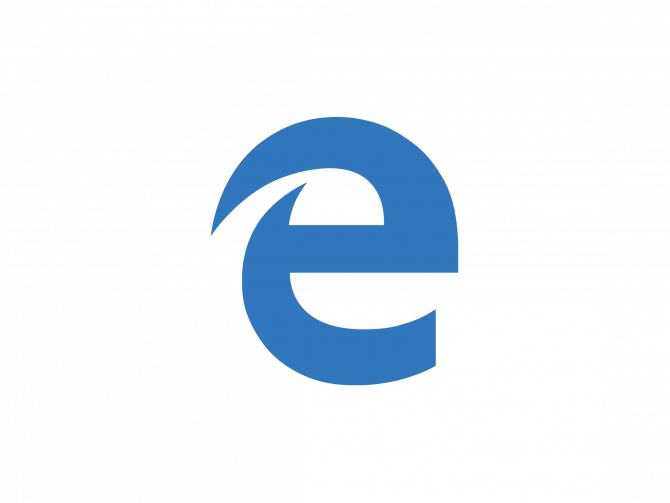A Microsoft developer yesterday posted a comment on the Hacker News website stating that Microsoft's decision to use Chromium for its Edge browser was partly because Google made changes to its websites that broke other browsers than Google's own Chrome. One of the changes also broke Edge's hardware acceleration on Youtube, according to the developer.

Recently, Microsoft announced it would switch from EdgeHTML to Chromium for its Edge browser. The move is interesting as the open-source Chromium project is also the code base on which Google bases its Chrome browser on. By moving to Chromium, Edge will be able to run Chrome extensions without modifications and Microsoft has also stated it will join Google in contributing to Chromium.
In the announcement, Microsoft explained that its move to Chrome will benefit users because they, “will experience improved compatibility with all web sites, while getting the best-possible battery life and hardware integration.”
According to the Microsoft developer who posted his comment on Hacker News, the compatibility is indeed a reason, but it was pretty much forced upon them, as he writes, “I very recently worked on the Edge team, and one of the reasons we decided to end EdgeHTML was because Google kept making changes to its sites that broke other browsers, and we couldn't keep up. For example, they recently added a hidden empty div over YouTube videos that causes our hardware acceleration fast-path to bail (should now be fixed in Win10 Oct update).”
And it wasn't for a reason that Google might have wanted to break the hardware acceleration, as the developer explains, “Prior to that, our fairly state-of-the-art video acceleration put us well ahead of Chrome on video playback time on battery, but almost the instant they broke things on YouTube, they started advertising Chrome's dominance over Edge on video-watching battery life. What makes it so sad, is that their claimed dominance was not due to ingenious optimization work by Chrome, but due to a failure of YouTube. On the whole, they only made the web slower.”
Although these changes were beneficial to Google, it's not sure the company indeed tried to break Chrome, something also the Microsoft developer acknowledges, as he writes, “Now while I'm not sure I'm convinced that YouTube was changed intentionally to slow Edge, many of my co-workers are quite convinced - and they're the ones who looked into it personally. To add to this all, when we asked, YouTube turned down our request to remove the hidden empty div and did not elaborate further.”
“And this is only one case,” he added.
It also has to be said that Google doesn't have a lot to win by sabotaging Edge. Despite the fact that Edge is the default browser of the second most popular Windows operating system, Windows 10, it has a market share that is lower than 5%. Google Chrome currently holds a market share of more than 60%.
















